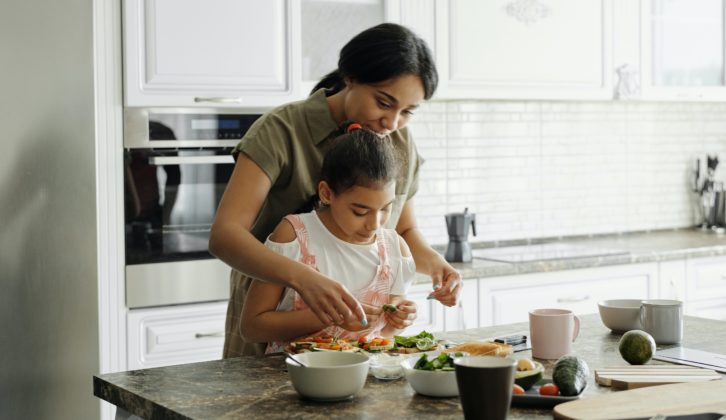(Image credit: Pexels)
BY LAURIE DEMERITT
Source: corp.smartbrief.com, December 2022
With the pandemic – and its acute impact on our collective health and wellness – slowly moving into the rear-view mirror, many topics (like inflation) have begun to compete with all the social and cultural upheaval we’ve experienced due to COVID-19. And yet, health and wellness as a topic remains front and center for consumers – including the effects of modern life on both mind and body.
Our most recent report on consumer trends in health and wellness (Health & Wellness: Reimagining Well-being Amid COVID-19), found that it took a pandemic to upend life as we know it, prompting Americans to rethink their notions around health and wellness aspirations and behaviors.
At the time of that 2021 report, our collective understanding of what it means to be healthy and well had always been evolving as new scientific facts and societal orientation emerged, but COVID-19 brought about unprecedented challenges on multiple fronts, shifting consumer perceptions, concerns and routines.
Other big insights from our 2021 Health & Wellness report:
A broad shift toward holistic health continued with immunity in the spotlight
The focus in 2021 on immunity was not surprising given that holistic health and wellness ideals are rooted in resilience—both body and mind. In 2021, the semantic landscape of health and wellness remained fairly consistent, with meanings anchored in being physically fit (51%), having strong immunity/ability to recover (51%), leading a balanced lifestyle (51%), not being ill (46%), and being able to deal with stress (46%). At that time, even as the US government ramped up measures to combat COVID-19, emerging virus variants, evolving public health measures, and vaccination progress were areas of uncertainty and sources of stress for consumers—keeping immunity at the fore.
COVID-19 altered needs and notions around diet and nutrition
Shifting needs: In 2021 we saw consumers experiencing shifting needs and optimizing for a “new norm.” Many consumers reported their degree and pattern of physical activity had changed notably. Some of this change meant consumers didn’t need the same caloric intake—yet developing and sustaining new routines required energy, too. Choices around nutrition and energy support were being considered through this new lens. Compared with one year prior, 49% of consumers said the amount of exercise they did had changed.
Shifting habits: preparing food at home. In 2021, cooking at home gave some consumers a new degree of control and choice when it came to “eating clean.” Home-cooked meals tend to have a health halo, but some consumers noted portion control as a challenge that undermined health benefits. Among all consumers, 37% had started or increased cooking in response to the COVID-19 pandemic.
Shifting contexts: home pantries always at hand. In 2021, some consumers were home most of the day with pandemic-stocked pantries. In addition, the commutes and scheduled breaks that once marked the day had gone by the wayside for some. With fewer barriers to eating at any time, consumers felt a need to be more mindful eaters. Among those who said their health worsened in the past year, 23% said constant access to their pantry made it harder to stay healthy.
What’s ahead in 2023 for health and wellness?
We are currently updating our research on health and wellness and with all the cultural focus on inflation we’re examining the impact of the current economic situation on health and wellness priorities and behaviors. In addition, among many topics, we’ll see who consumers trust as partners in supporting their health and wellness, the role of foods and beverages in wellness lifestyle and ingredients trending out (avoided) and trending in (added). Stay tuned in 2023 as we report on how consumers have evolved in terms of their ongoing health and wellness needs.
Read more from SmartBrief:
- Restaurants craft proprietary plant-based proteins that go beyond off-the-shelf products
- Plant-based meat trends go beyond the burger
- Food retailers fight inflation with creative solutions
As CEO of The Hartman Group, Demeritt drives the vision, strategy, operations and results-oriented culture for the company’s associates as The Hartman Group furthers its offerings of tactical thinking, consumer and market intelligence, cultural competency and innovative intellectual capital to a global marketplace.

